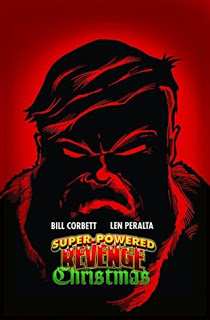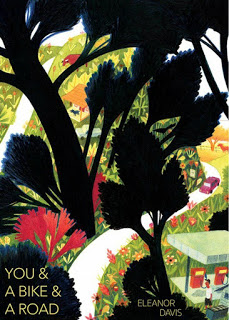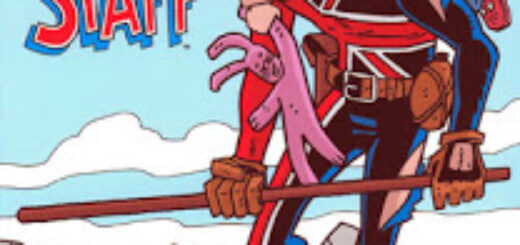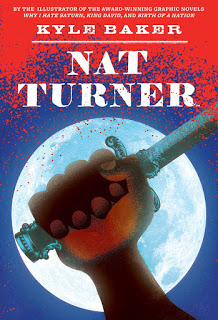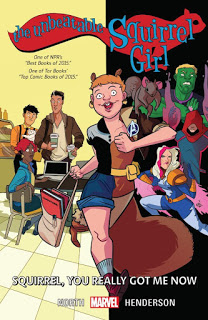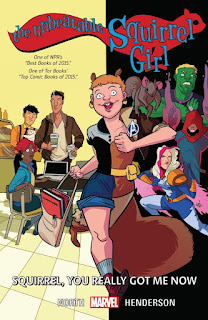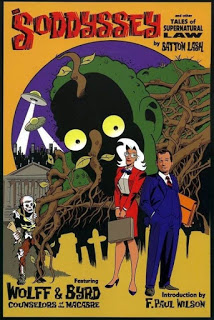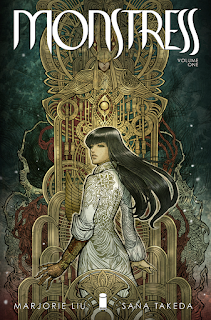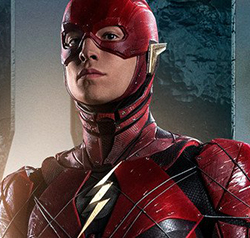Book-A-Day 2018 #84: Super-Powered Revenge Christmas by Bill Corbett and Len Peralta
I could make up all sorts of excuses why I read this book. Perhaps the MST3K connection, since I’m in a hotel in the Twin Cities area right now, on a business trip. Maybe I could pretend to have planned to read it at Christmas, and neglected it for a couple of months.
The answer is equally silly, but more boring. I’m on a week-long business trip, yes. I brought four books to read — three comics and one novel. I haven’t yet touched the novel, but I read one of the comics on each of the first three days of the trip. But now, on Day Four, they’re all done. So I was left to rummage through one of the e-reader apps on my tablet, after an evening excursion with my co-workers, to find something to read and then write about. I’ve had a couple of drinks, so I might not be thinking entirely like my normal self. And this book was up near the top in the default sort in GoodReader, I couldn’t remember why I had it at all, and it looked silly.
So that’s how I came to read Super-Powered Revenge Christmas , which by the way is a 2014 graphic novel written by Bill Corbett and drawn by Len Peralta. It’s a quirky take on Christmas, with a brooding Superman-esque “Red Avenger” whose is secretly Sa’nn Tah-Kl’awwz from the planet Yoool. (Look, I said it was silly, didn’t I?) RA battles an evil corporation — HEROD, which is a silly acronym, and run by a thinly-veiled Scrooge — and soon is joined in his battle by Caribou, a deer-man whose nose lights up when he gets angry. Then there’s a snow goddess as a gender-swap take on Frosty, plus two very nice people who are going to have a baby who will be the greatest mutant of all time. Oh, and there’s a frame story about a comics creator team-cum-couple who broke up over telling this story and are now recounting it to three strangers in a bar on Christmas Eve. And it apparently was both adapted from a stage play by Corbett and Kickstarted into existence in this form.
Super-Powered Revenge Christmas is deliberately designed so that it can’t be taken seriously at any point; it is impregnable to all criticism in its hermetic goofiness and sprawling pop-culture Xmas ambitions. It is very, very, very, very silly. Very. It’s not really funny, but it’s not trying to be — it’s aiming at knowing smirks rather than full laughs.
I don’t know why anyone would want to construct a story like this. But someone did. (Two someones, one of them twice.) And this now exists. I’ve just spent an hour or two first reading it and then typing this. None of that makes any sense. You can’t explain any of it. And yet it happened. Let that be a lesson to all of you.
![]()
![]()
Reposted from The Antick Musings of G.B.H. Hornswoggler, Gent.

